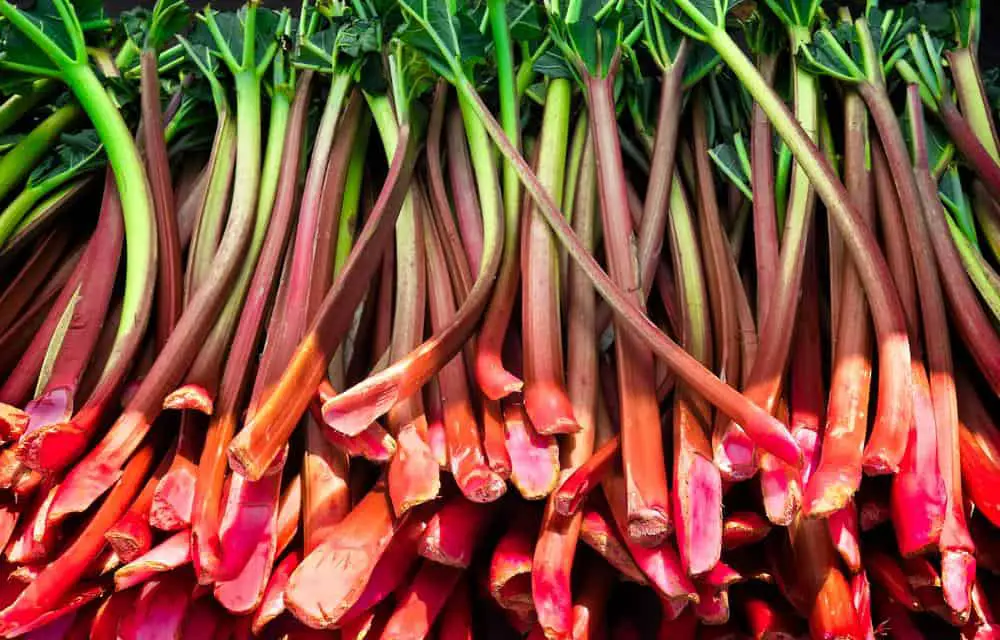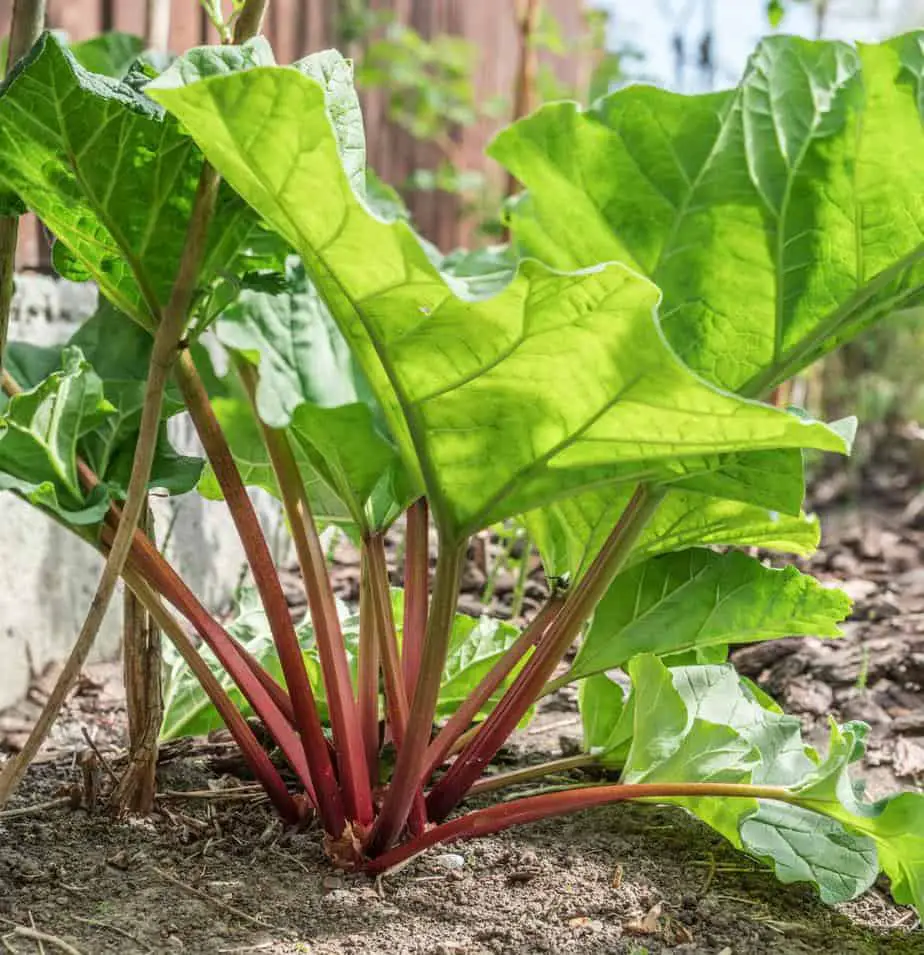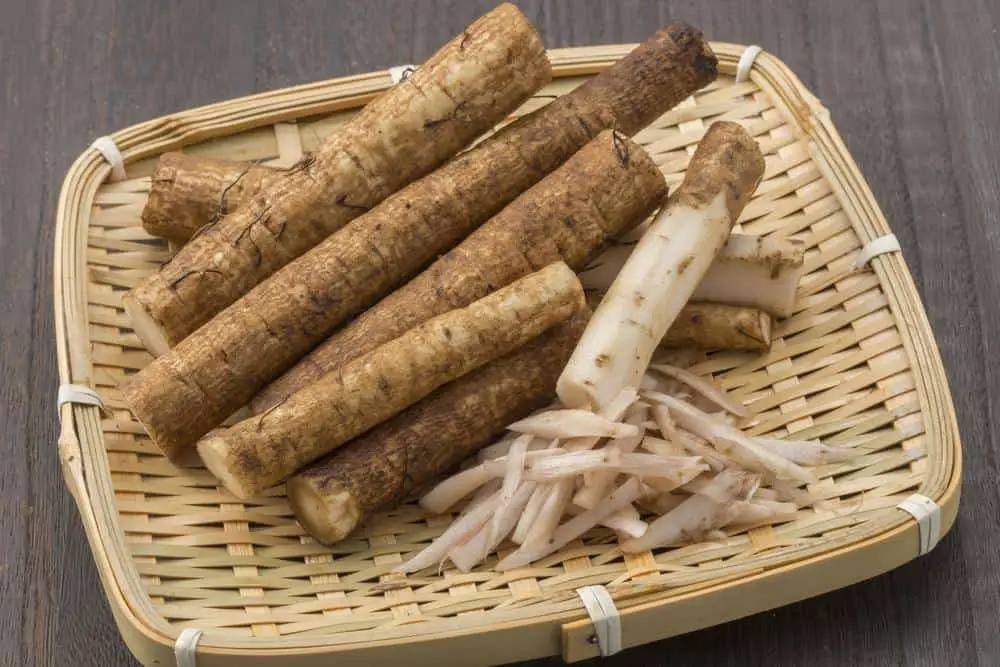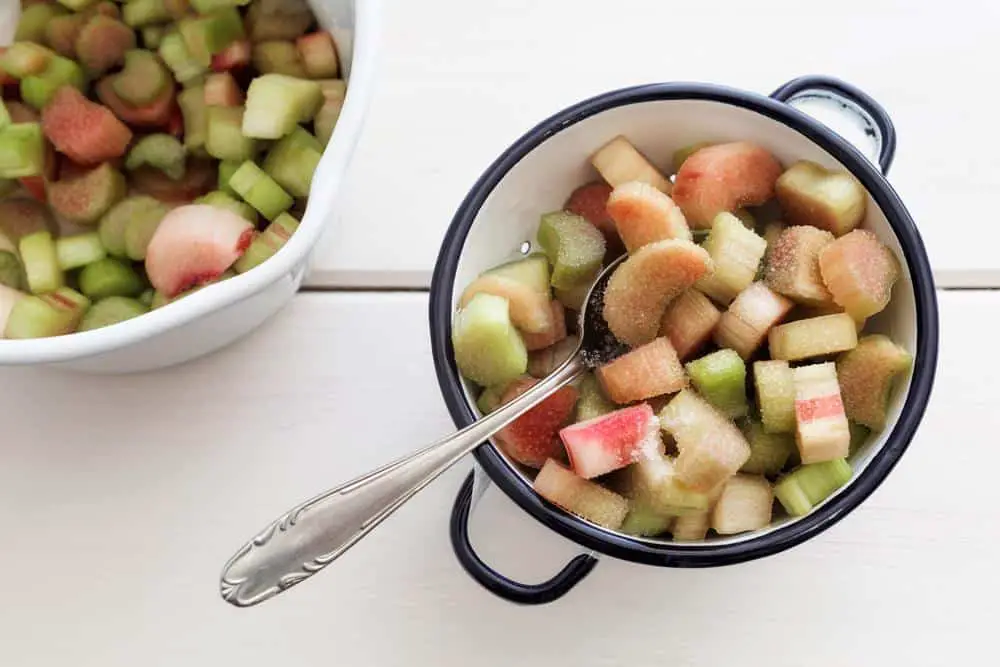Are you a big lover of fruits and vegetables like celery and strawberries? If yes then you will definitely find this vegetable-fruit called rhubarb fascinating. That is the best way to describe rhubarb.
The thought that some countries classify it as a vegetable and others as a fruit is more than enough to make you want to find out more about it.
Although a hand full of people understand the use of rhubarb, there are always issues related to taste and looks of the plant that leaves the users confused as to what should make it to the pot and what should be thrown off.
For those who have little knowledge of rhubarb, you have been missing out on some lovely stems, and by the end of this write-up, you should be more than ready to get some for your next pie or stew.
What is Rhubarb?

Rhubarb is a bright pink or reddish green coloured plant grown and harvested for its stalk, the leaves of rhubarb which are usually broad and green are not eaten because they are considered poisonous and dangerous to health.
In some cases, harvested rhubarb can be plain green or deep red, this usually has nothing to do with its ripeness but is only an issue of the variety of rhubarb you purchase.
There is also the case of some rhubarb stems growing long and straight and others being stalky and short to the ground, again, this has nothing to do with the quality or taste of the rhubarb, it is simply a function of variety, and the result is always the same.
Rhubarb is hardly ever eaten raw; it is usually cooked with other ingredients for best results. In the US, rhubarb is considered a fruit rather than a vegetable.
When Is Rhubarb Ripe For Harvesting?
As it is with most vegetables, rhubarb can be home grown, in fact, it is a perfect plant for home growing as it requires no extreme measures of temperature or motoring as such but most people get discouraged because they seem never to know when to harvest it for use.

The time within which your rhubarb can be harvested depends on the kind of soil and the variety of rhubarb you plant.
Typically, watch your plants until they are about 25 to 40 cm long by then they should be the right length for harvesting.
Your best bet for harvesting is to take a good look at your rhubarb and harvest once you think it is thick enough for use irrespective of the colour or how fast it happened to grow.
If you were expecting red rhubarb and they are all long, thick and green, then you just got yourself a green rhubarb plantation as there are no chances of rhubarb changing colours when they are full grown.
If you notice bolting which is an early flowering of your rhubarb before the stems get to their peak, cut them off as they might reduce the growth of the stem.
What Is Wild Rhubarb?
Rhubarb is one of those plants that have a look alike which can be sometimes confusing and one prevalent one is called Burdock.
Burdock is a common weed which has surprisingly similar features with rhubarb, in fact, it is referred to as the “wild rhubarb.” To make it worse, burdock can grow easily in gardens as it needs no specific planting procedure.

For people who are not typical rhubarb growers or who are new to it, there are some steps you can take to detect wild rhubarb when you come across it.
Fist, take a look at the leaves of the plant, real rhubarb plant has leaves that are kind of curly, but that of the wild rhubarb isn’t as curly with some leaves having little or no curls on them.
Also, you should go on and feel the body of the leaves, the leaves of wild rhubarb is hairy or furry; it has tiny hair-like spikes on its body which is absent on the true rhubarb.
Lastly, Burdock produces annoyingly spiky purple flowers which rhubarb does not have, so once you see this, know it is fake.
What does rhubarb taste like?

Can you think of anything that has a tart flavour? Rhubarb should be more or less “tartier” than that.
Raw rhubarb has such a biting, acidic tartness to it which makes it almost impossible for it to be eaten raw, hence the cooking and pairing with other dishes and ingredients.
The tanginess also varies depending on the variety of rhubarb you eat, the pinkish or almost red ones have a higher amount of sourness than the plain green ones, and the speckled ones are just in the middle with just enough tanginess to make it very tangy.
Classic Rhubarb Pie
Yes, we did it, we fell for the rhubarb pie syndrome, and we don’t regret it because this rhubarb pie recipe by That Skinny Chic Can Bake gave us a reason to smile all the way.

The rhubarb pie didn’t make use of so many ingredients, and that is rather surprising considering how nice the finished pie looks and tastes.
The explanation for the dough could be confusing for first timers, and if you feel so too, you can watch this video https://www.youtube.com/watch?v=tGw5Pwm4YA0
for a step by step breakdown on how to make a similar rhubarb pie from start to finish.
Finally
Because rhubarb is usually grown for a short season usually during spring between April and June, so make the best use of it while it is still in abundance.
Aside from the perfect pie dish we talked about, you can make an excellent pick of other dishes from this cookbook.
If you will like to know more about what you stand to gain from each spoonful of rhubarb as regards nutrition and health benefits then follow the video
https://www.youtube.com/watch?v=03rn2Y6anBQ
and watch a video on it. Fill me in on all your incredible or not so good rhubarb dishes, let’s share.
